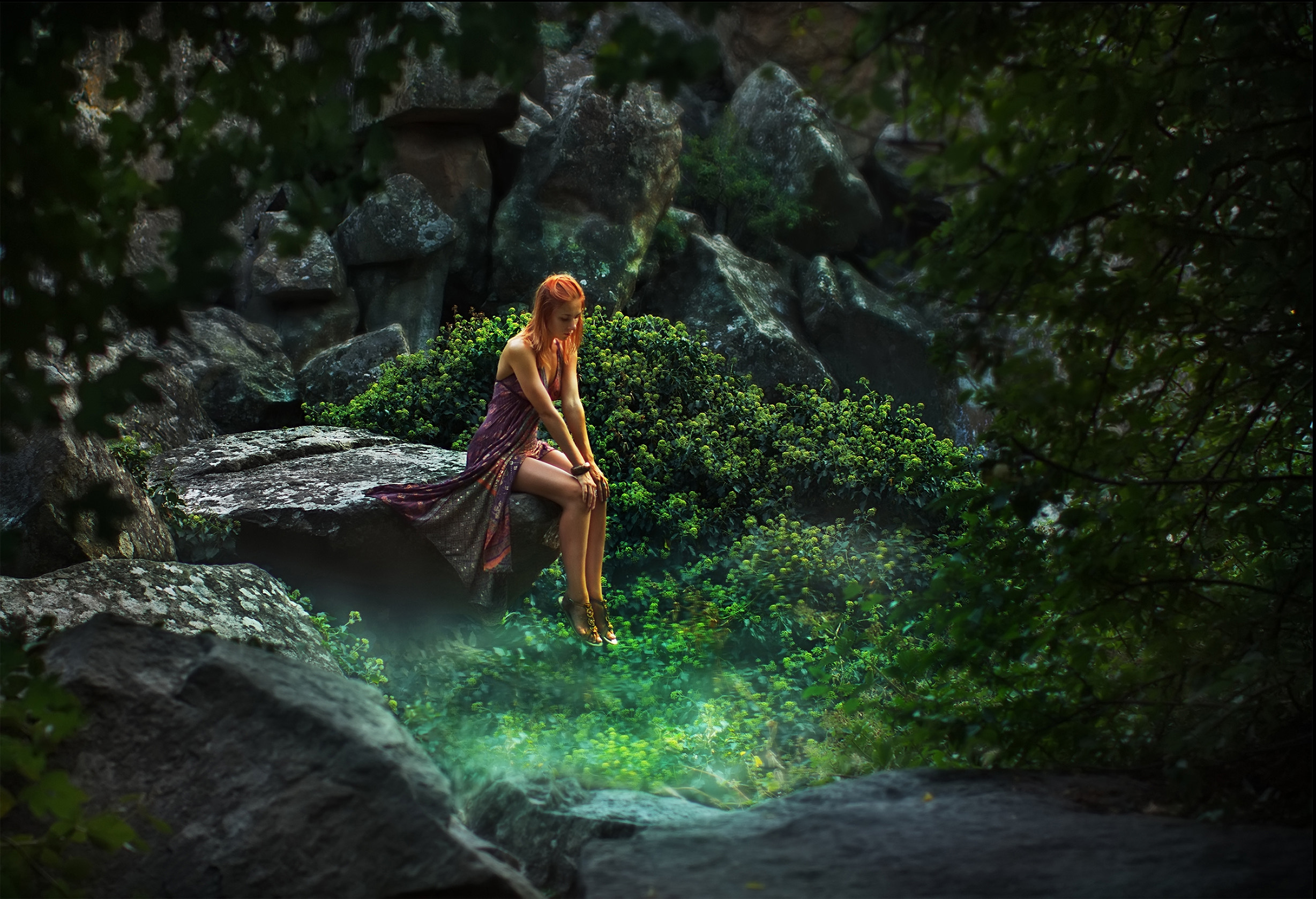Streaming is the new black. If you’ve been anywhere near the internet in the last decade, you’ve probably noticed how streaming platforms have become the reigning monarchs of entertainment. Remember when we used to wait in line for a movie premiere or, heaven forbid, rent DVDs? Those days are as distant as my New Year’s resolutions.
The explosion of platforms like Netflix, Amazon Prime, and Disney+ has not only changed how we consume content but also how filmmakers create it. Streaming has essentially turned the filmmaking industry on its head, and for the better, it seems.
Let’s start with the most obvious perk: creative freedom. Traditional studios have always had their fingers deep in the storytelling pie, often insisting on changes that align with their commercial interests. But streaming platforms are a different breed. They’re like the cool teacher who lets you write your essay on your favorite superhero instead of Shakespeare. Filmmakers now have more space to experiment with unconventional stories that might have previously been tossed aside for being “too niche.”
Take Bird Box, for example. This post-apocalyptic thriller might not have been a guaranteed hit in the box office world, but on Netflix, it found its audience—and then some. The streaming model allows creators to take risks, knowing there’s an audience somewhere out there, ready to binge-watch their unique vision.
Then there’s the matter of diversity. In the past, stories from diverse voices and backgrounds were often sidelined. But streaming platforms, with their global reach, have been instrumental in changing this narrative. They’ve shown that a story set in South Korea or about a young girl in a small Indian village can be just as captivating to a global audience. Remember the feverish worldwide obsession with Parasite or the craze over Money Heist? These weren’t just movies and series; they were phenomena, bridging cultural gaps and showing that great storytelling knows no borders.
Another transformation comes in the form of format. Streaming has blurred the lines between film and television. The traditional two-hour movie format is no longer king. Creators now play in a sandbox where they can stretch their stories into multi-part series or keep them as short and sharp as an hour-long special. This flexibility lets stories breathe and develop in ways that weren’t possible before.
And let’s not forget about the tech-savvy audience. These are folks who expect high-quality content at the click of a button. Streaming has pushed filmmakers to up their game in terms of production quality. The result? We’re getting cinematic experiences from the comfort of our couches. I once watched an episode of The Mandalorian on my phone while waiting for my dentist appointment, and I swear, I felt like I was in a theater—minus the stale popcorn and sticky floors.
Of course, all this comes with its own set of challenges. The competition is fierce, and standing out in a sea of content can be as tricky as finding a needle in a haystack. But the possibilities streaming provides are vast and exciting, and they’re reshaping the future of filmmaking in ways that were unimaginable a few years ago.
So, as I sit here scrolling through an endless list of recommendations, I can’t help but feel optimistic. Streaming has opened up a new world for filmmakers and audiences alike, and I’m eager to see where this digital path takes us next.




